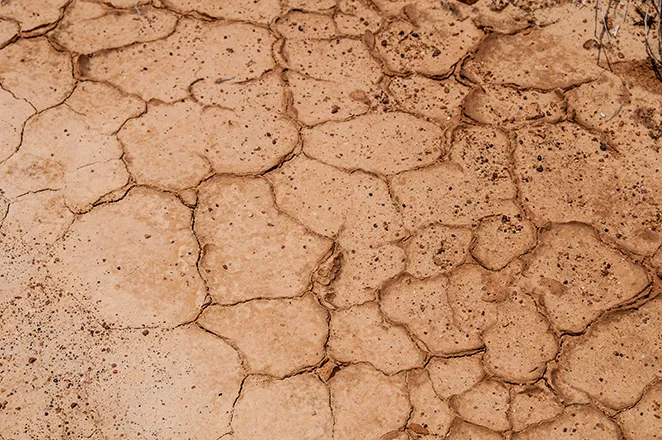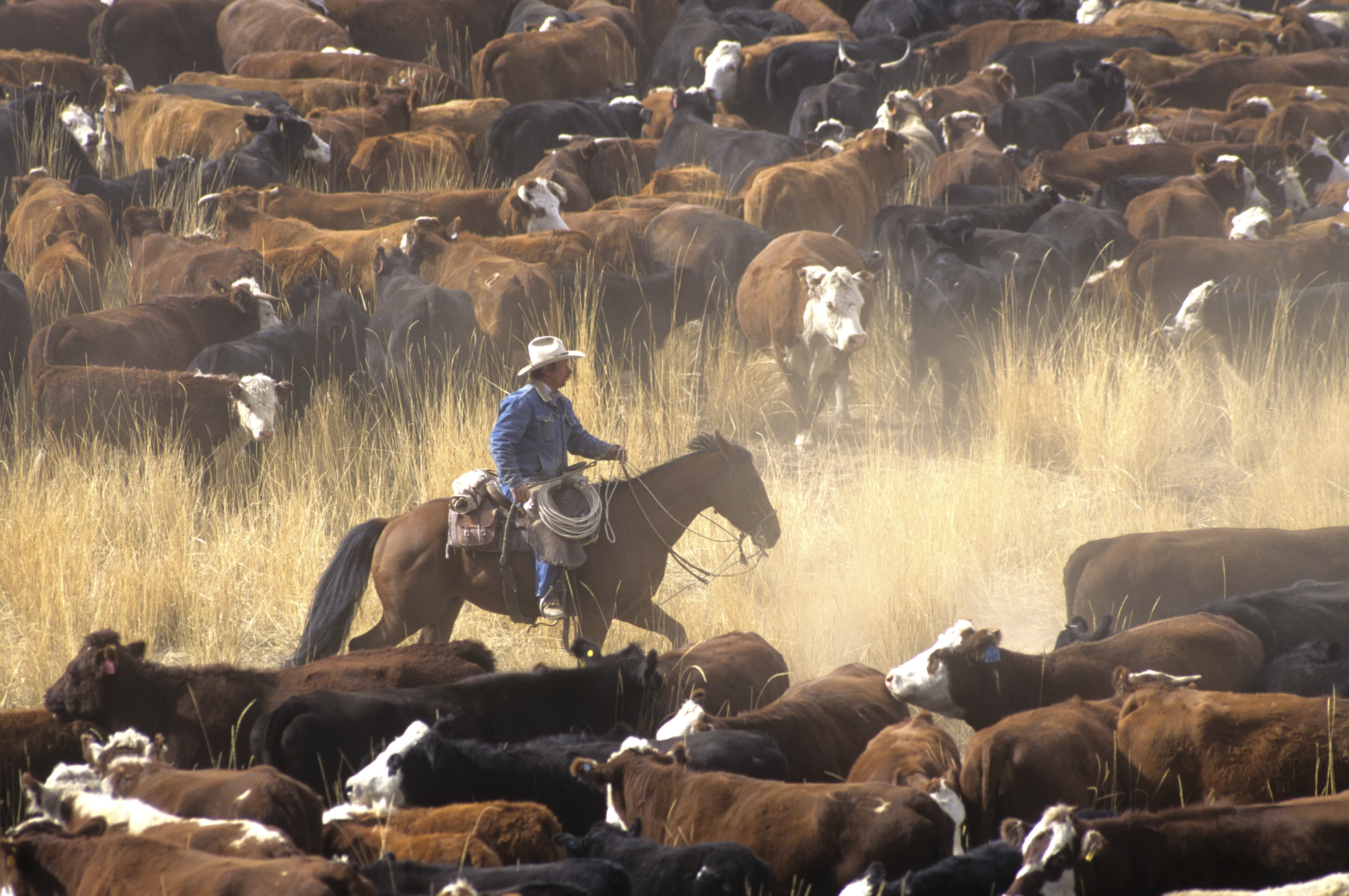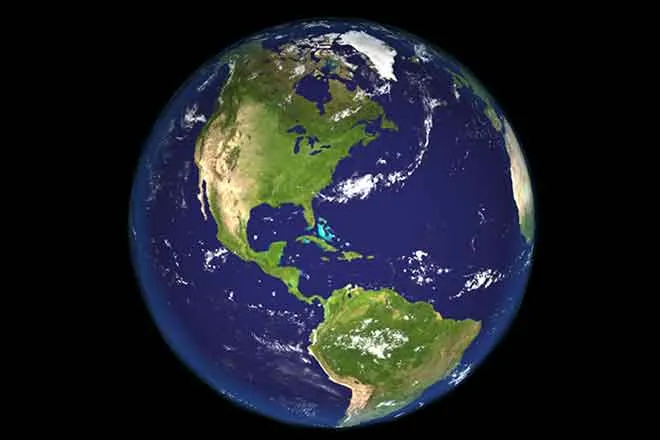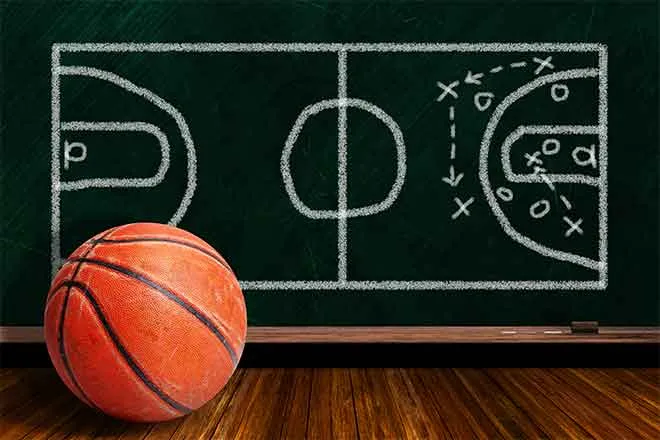
Curious Kids: How does a curveball curve?
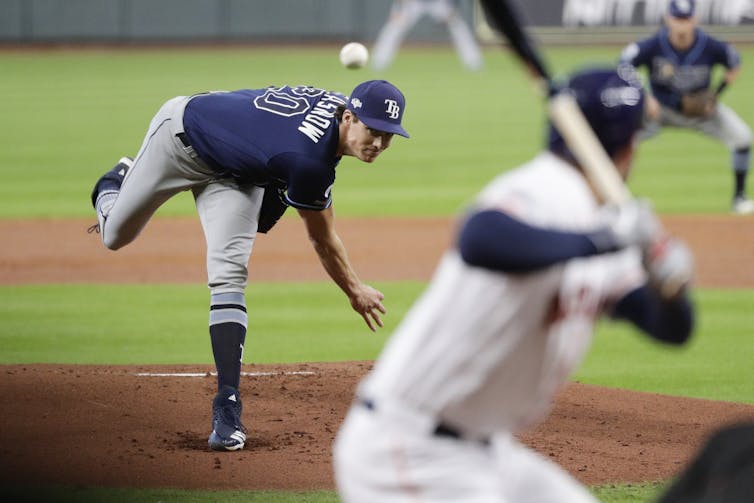
Jim Gregory, The Ohio State University

Curious Kids is a series for children of all ages. If you have a question you’d like an expert to answer, send it to curiouskidsus@theconversation.com.
How does a curveball curve? – Marek Powell, age 12, Dorchester, Massachusetts
You may have seen a pitcher throw a curveball in baseball. It’s a pitch that can confuse a batter because it looks like it’s flying straight but then curves away as it crosses home plate.
The pitcher puts a spin on the ball when they release it from their hand. This could be a “topspin” rotation, where the top of the ball spins forward while the ball hurtles towards the plate. That creates air pressure differences on the ball that cause it to “break,” or change direction.
When the ball is spinning, it’s dragging the air with it due to friction between the air and the ball. It’s like there’s a whirlpool of motion of the air around the ball.
As the ball is spinning, it slows down the air on the top of the ball. On the bottom, the opposite is true. It’s dragging the air with it as it rotates and moves towards the plate, speeding up the flow of air.
So you’ve got this change in speed of the air between the top and the bottom of the ball. Lower speed air has higher pressure. Higher speed air has lower pressure.
The difference in force acting on either side pushes the ball in a particular direction. So if the ball is spinning forward with topspin, you have a force pushing it down. If it’s spinning it to the side, there’s going to be a force pushing it to the side.
I study airplane aerodynamics, and there’s a connection here – airplanes and baseballs have more in common than you might think. Airplane wings have low pressure on the top of the wing and higher pressure on the bottom of the wing. That pressure difference creates a force that pushes the wing up, supporting the weight of the airplane against gravity. It’s the motion of air over the wing that creates those pressure differences that make an airplane fly. That pressure difference is the exact same principle that makes a baseball curve.
Hello, curious kids! Do you have a question you’d like an expert to answer? Ask an adult to send your question to curiouskidsus@theconversation.com.
Please tell us your name, age and the city where you live. We won’t be able to answer every question, but we will do our best.![]()
Jim Gregory, Professor of Mechanical & Aerospace Engineering, The Ohio State University
This article is republished from The Conversation under a Creative Commons license. Read the original article.



